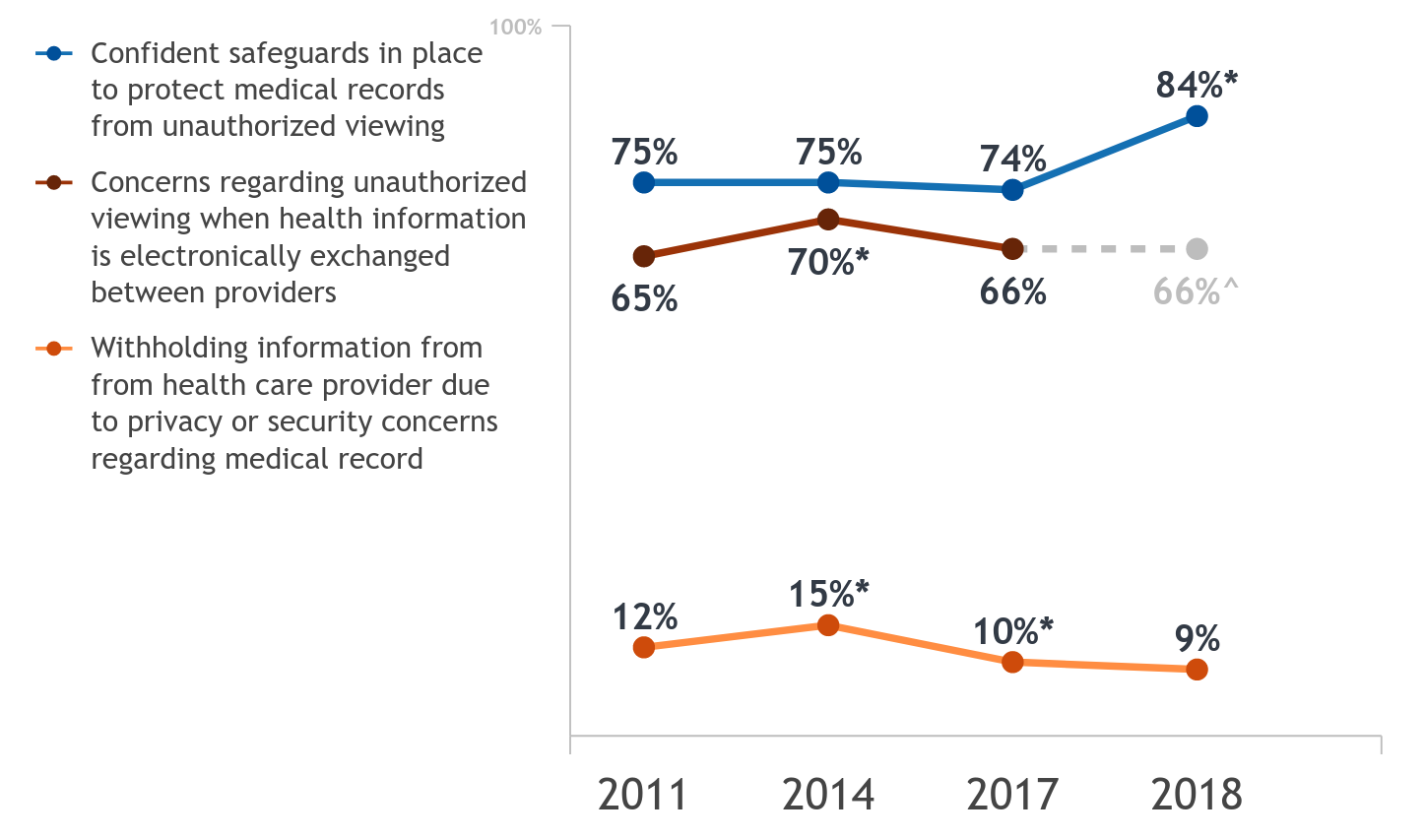
A majority of individuals (84%) are confident their medical records are safe from unauthorized viewing, but have concerns (66%) when health information is electronically exchanged. More individuals are now confident their records are safe from…
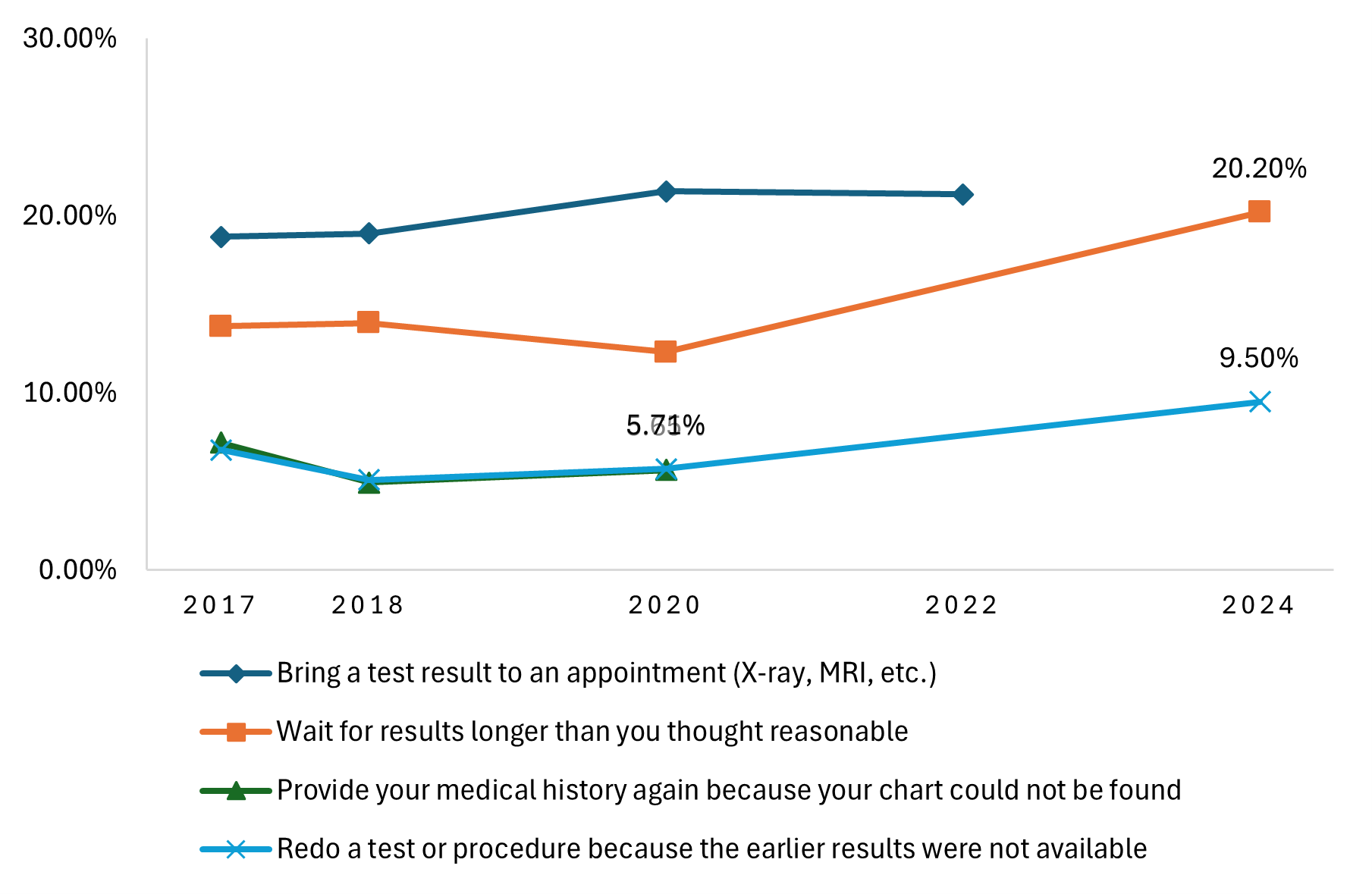
Most individuals—87% in 2024—report having at least one health care visit in the past year. Despite advances in interoperability and the implementation of anti-information blocking provisions, many of these patients continue to experience gaps in…
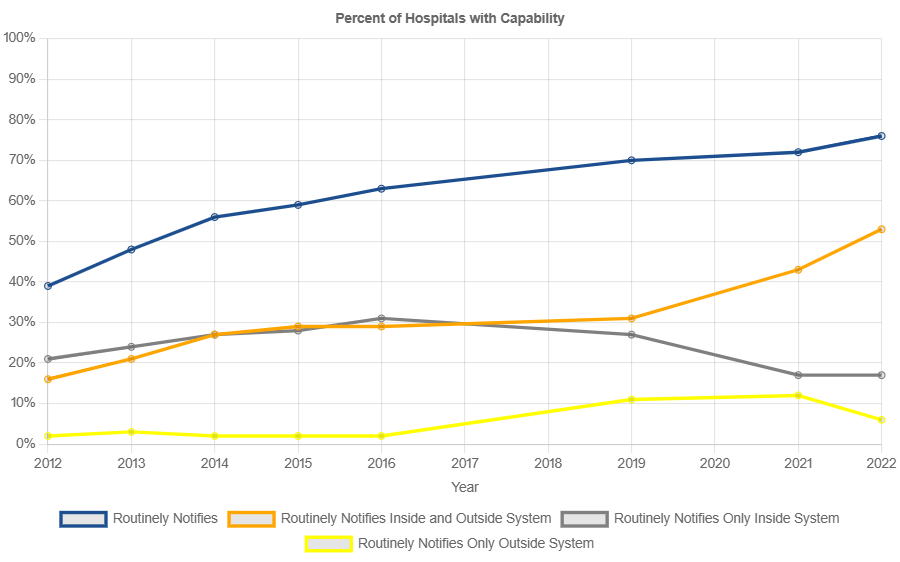
In 2022, 3 in 4 non-federal acute care hospitals routinely electronically notified a patient's primary care provider upon his or her entry to the hospital's emergency department – a nearly two-fold increase since 2012. Seventy percent of all…
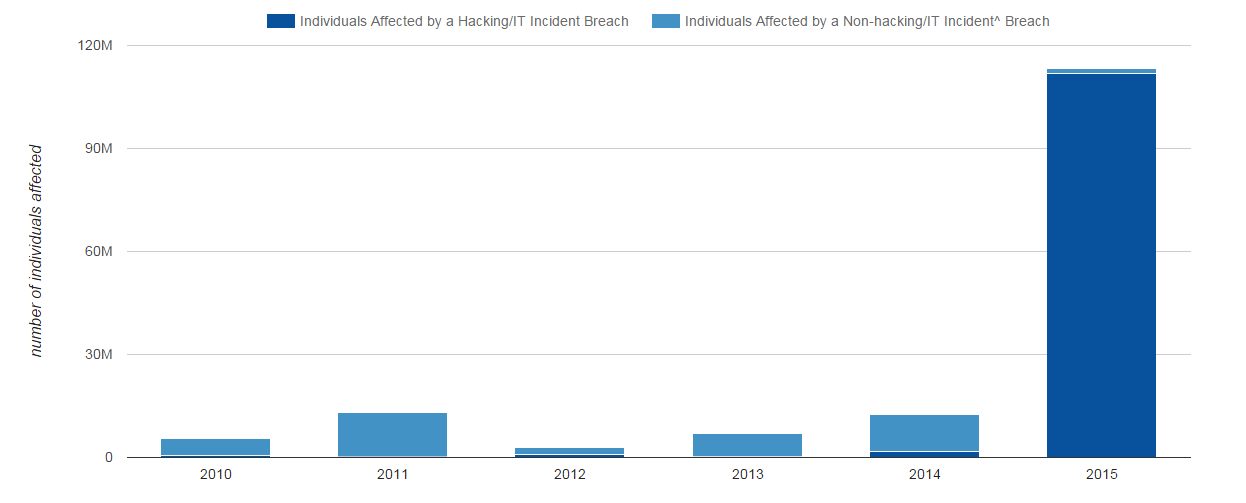
Based upon data collected by the HHS Office for Civil Rights, as of February 1, 2016, protected health information breaches affected over 113 million individuals in 2015. In 2015, hacking incidents comprised nearly 99% of all individuals affected by…
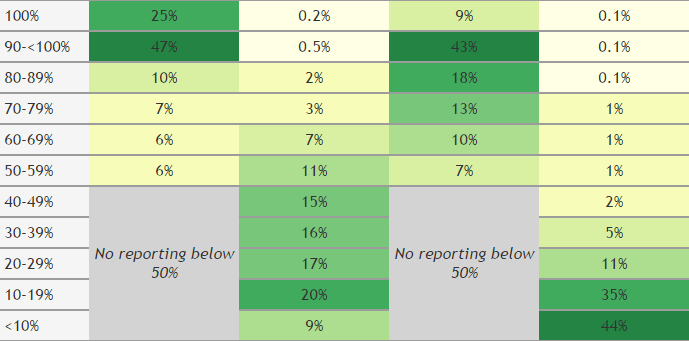
The data presented here reflect eligible hospital, Critical Access hospital, and eligible professional reporting on electronic exchange measures as defined for 2014, and indicate that significant progress must be made to reach a patient-centered, fully…
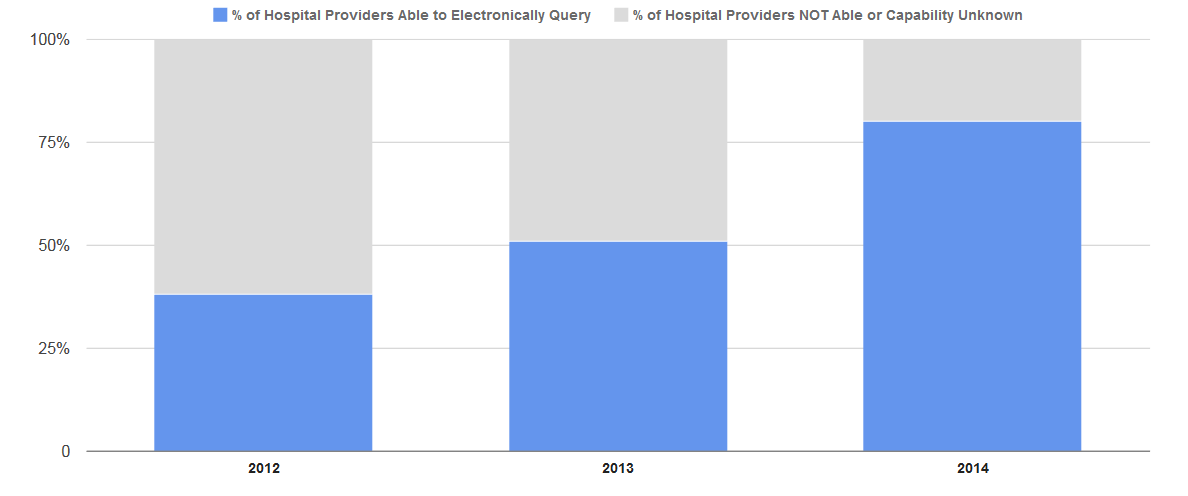
See Quick Stat, Electronic Health Information Exchange by Hospitals, for statistics on hospitals’ electronic query capabilities after 2014. The below Quick Stat is preserved for historical data.
As of 2014, 80 percent of non-federal acute care hospitals…
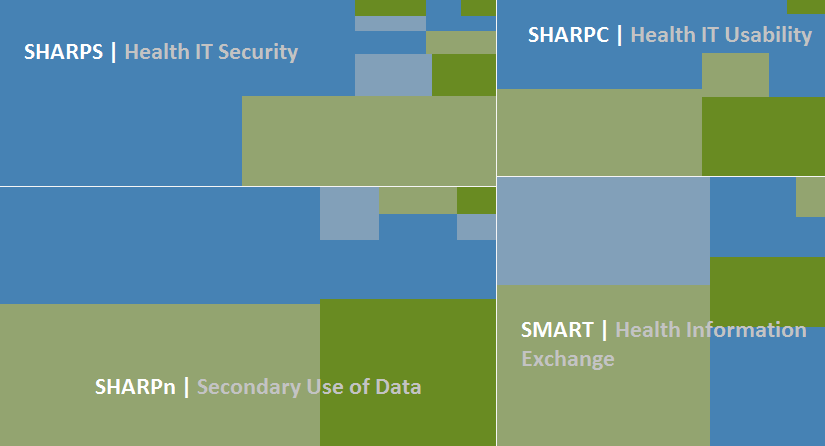
The Office of the National Coordinator for Health IT established the SHARP program to support innovative research and to address well-documented problems that impede the adoption and use of health IT. The SHARP program covers four subject areas:
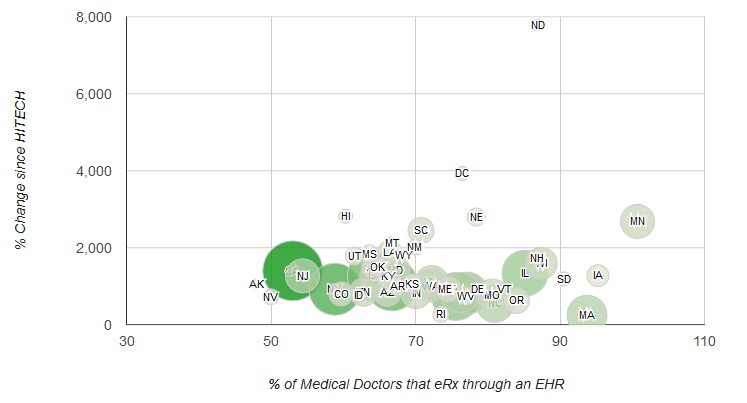
In December 2008, less than two months before the passage of the Health Information Technology for Economic and Clinical Health (HITECH) Act, fewer than 7% of all U.S. medical doctors electronically prescribed (e-prescribe) patient medications through an…
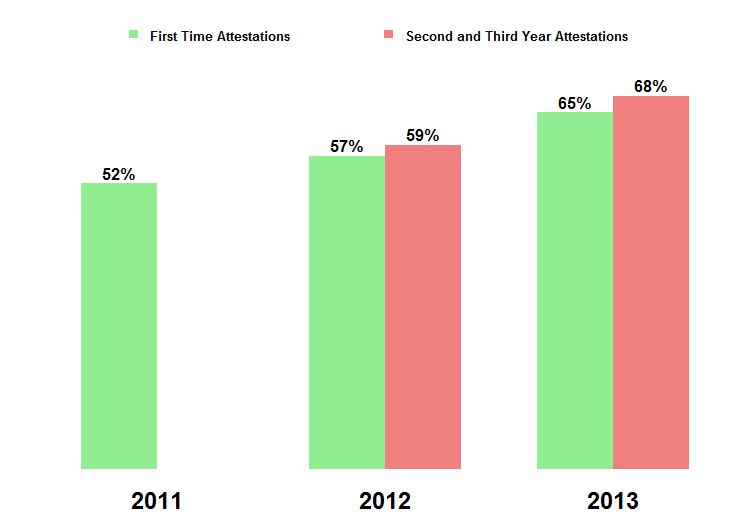
Approximately 7 out of 10 primary care physicians eligible for the Medicare EHR Incentive Program selected the Immunization Meaningful Use Menu measure without exclusion in 2013. 65 percent of 2013 first time attesters selected this measure without…
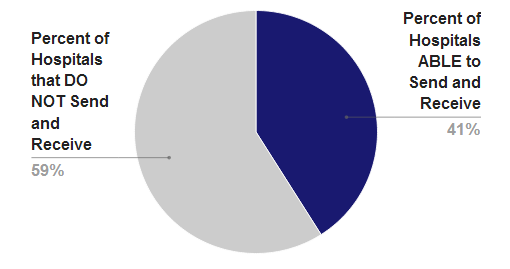
Approximately 4 in 10 hospitals (41%) report that providers at the hospital are able to send and receive secure electronic messages containing patient health information (e.g., medications) to and from sources outside of the organization or hospital…
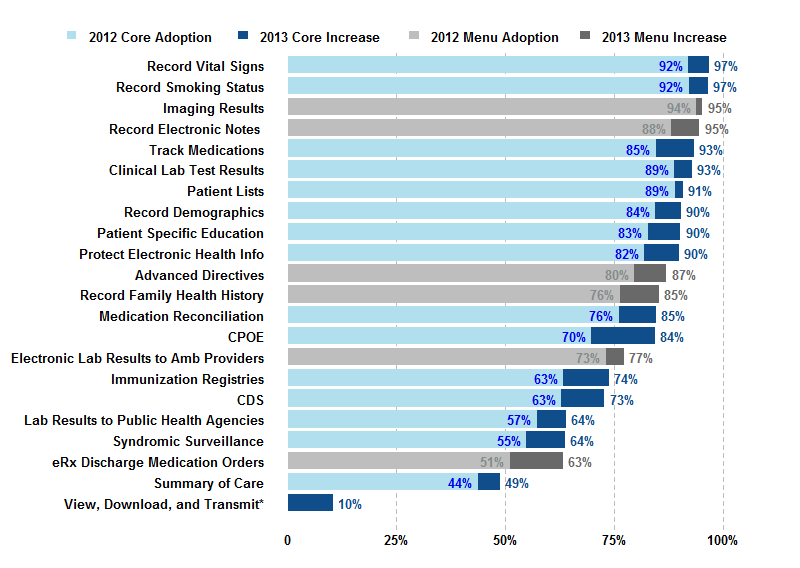
Stage Two of the Meaningful Use program consists of 22 core and menu objectives. A subset of hospitals will be eligible to begin attesting to these Stage 2 objectives in 2014. In 2013, adoption rates for 20 of these objectives were over 60 percent.…
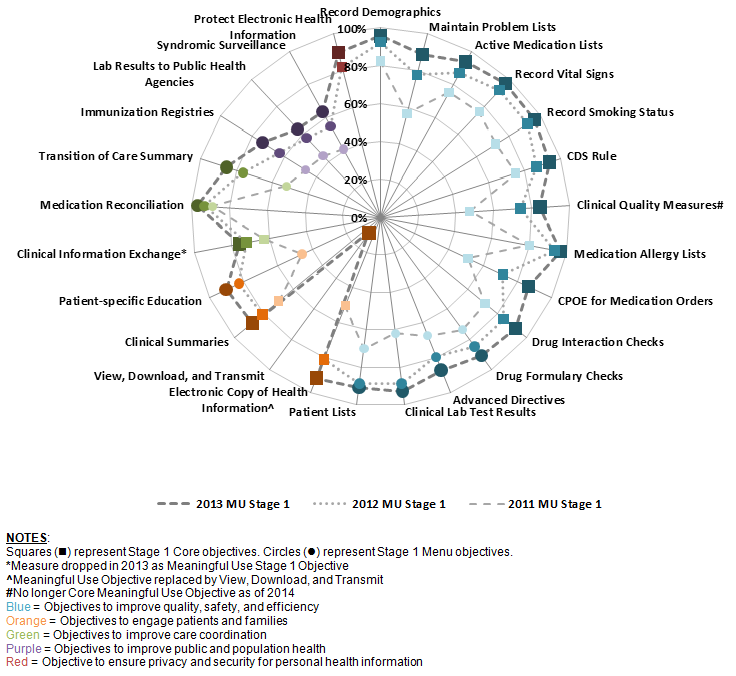
Stage 1 of the Meaningful Use program consists of 24 core and menu objectives. Hospitals began attesting to Stage 1 in 2011.
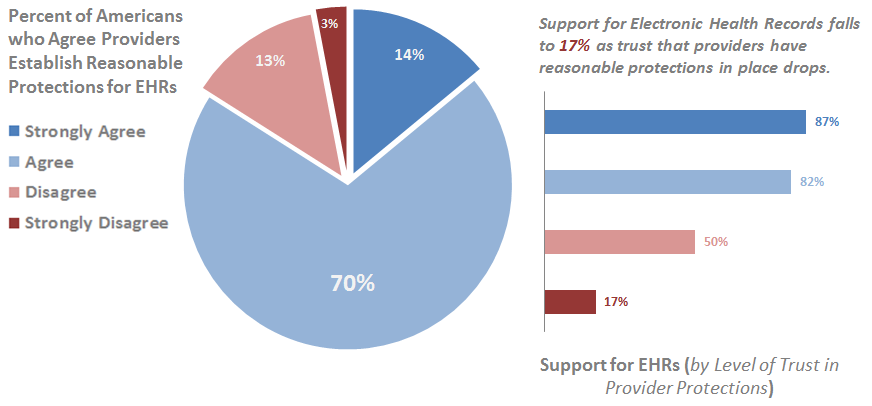
As the adoption of electronic health records (EHRs) and health information exchange (HIE) expands, and patient health information is increasingly stored and shared by providers electronically, it is important to monitor patient trust in providers'…
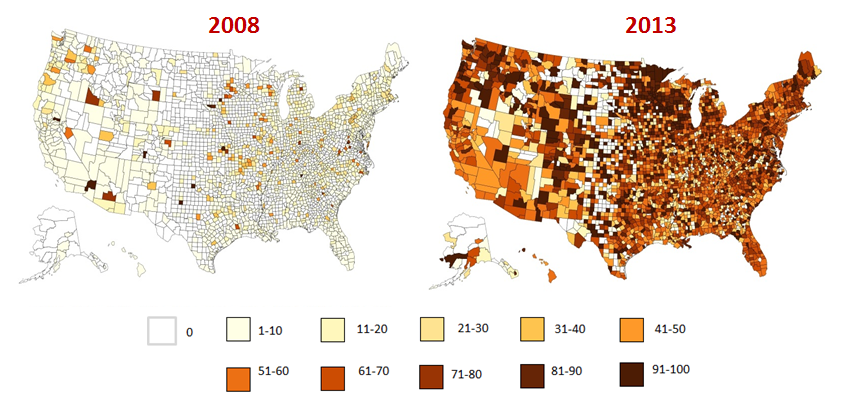
In the past five years, physician Electronic Health Record (EHR) adoption has surged, reaching all corners of the country. The percentage of physicians e-Prescribing via an EHR has accelerated from 7 percent in December 2008 to 66 percent as of December…
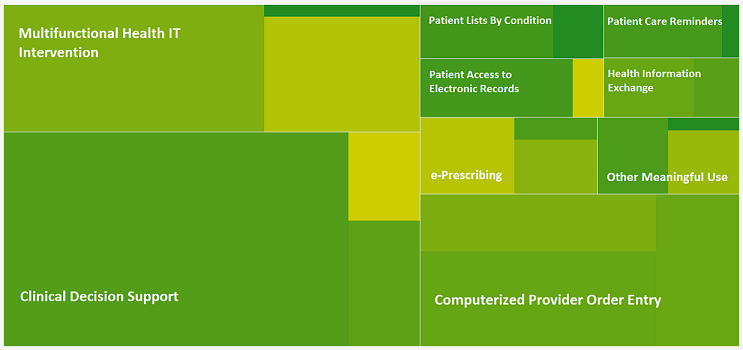
The 'Updated Systematic Review' reviews the January 2010 to August 2013 health IT literature to examine the effects of health IT across three aspects of care -- efficiency, quality, and safety. This report updates previous systematic reviews of…
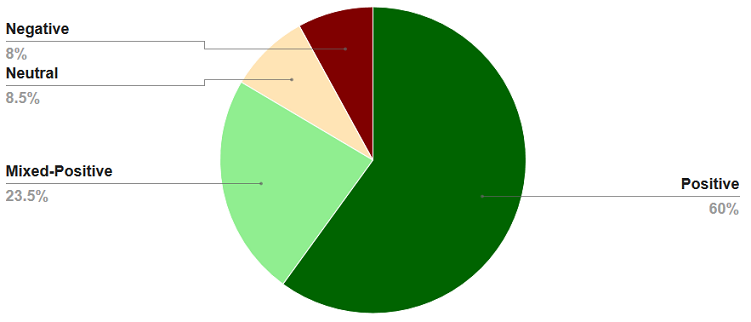
Graphic visualizes Health IT evaluation studies, 2007-2013 (n=493), related to the impact of Meaningful Use functionality on the quality, efficiency, and safety of care (or aspects of care). Positive defined as health IT improved key aspects of care but…
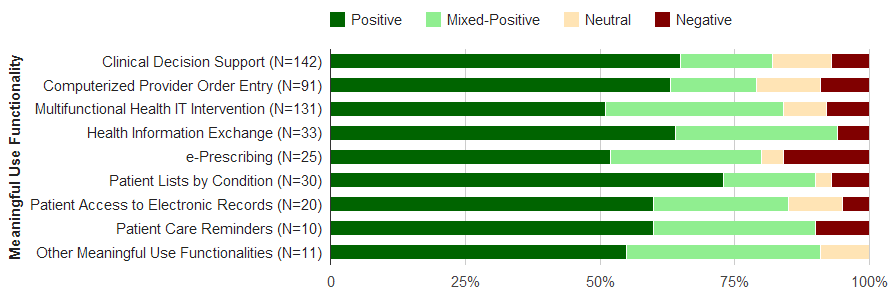
Graphic visualizes Health IT evaluation studies, 2007-2013 (n=493), related to the impact of Meaningful Use functionality on the quality, efficiency, and safety of care (or aspects of care). Positive defined as health IT improved key aspects of care but…
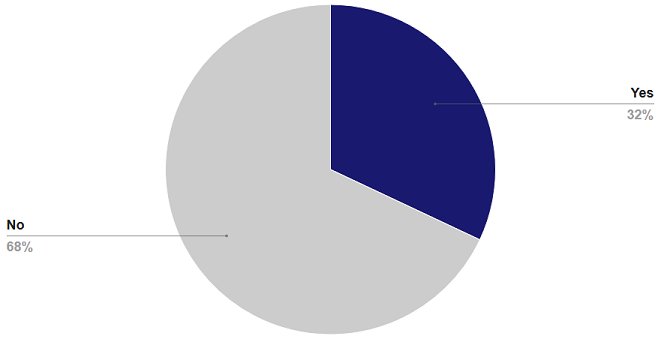
See our latest data brief on Individuals’ Access and Use of Patient Portals and Smartphone Health Apps for statistics on access to online medical information, test results, and clinical notes after 2012. Notably, in 2024, 29% of individuals reported…

